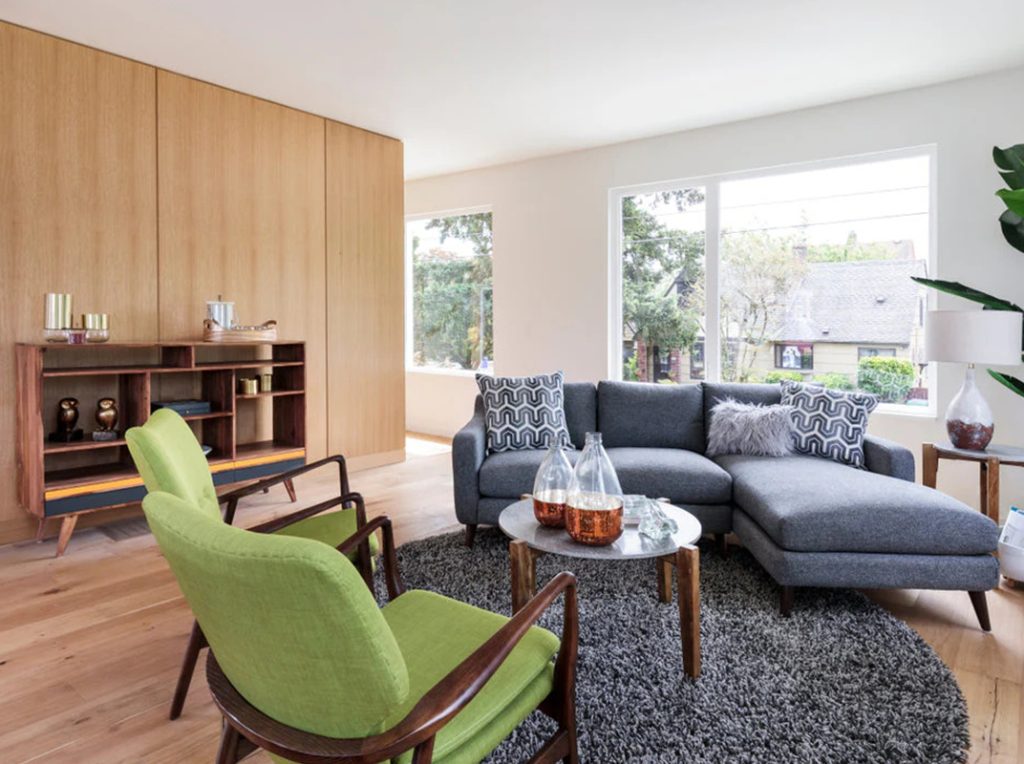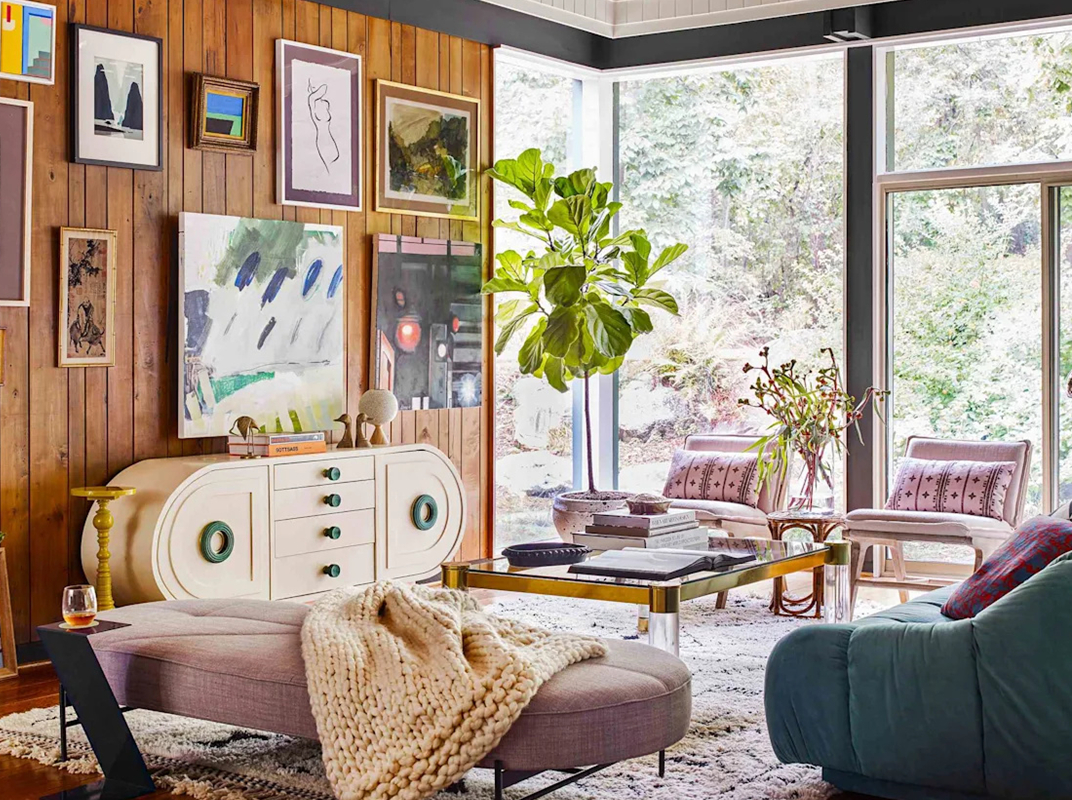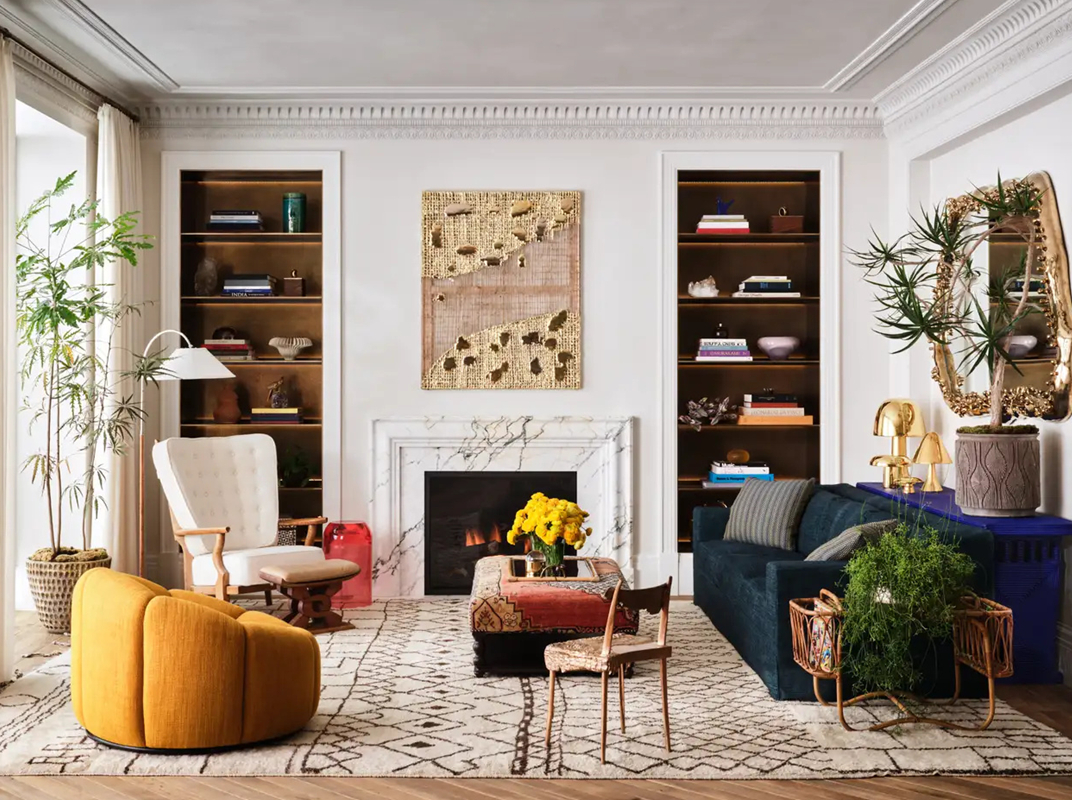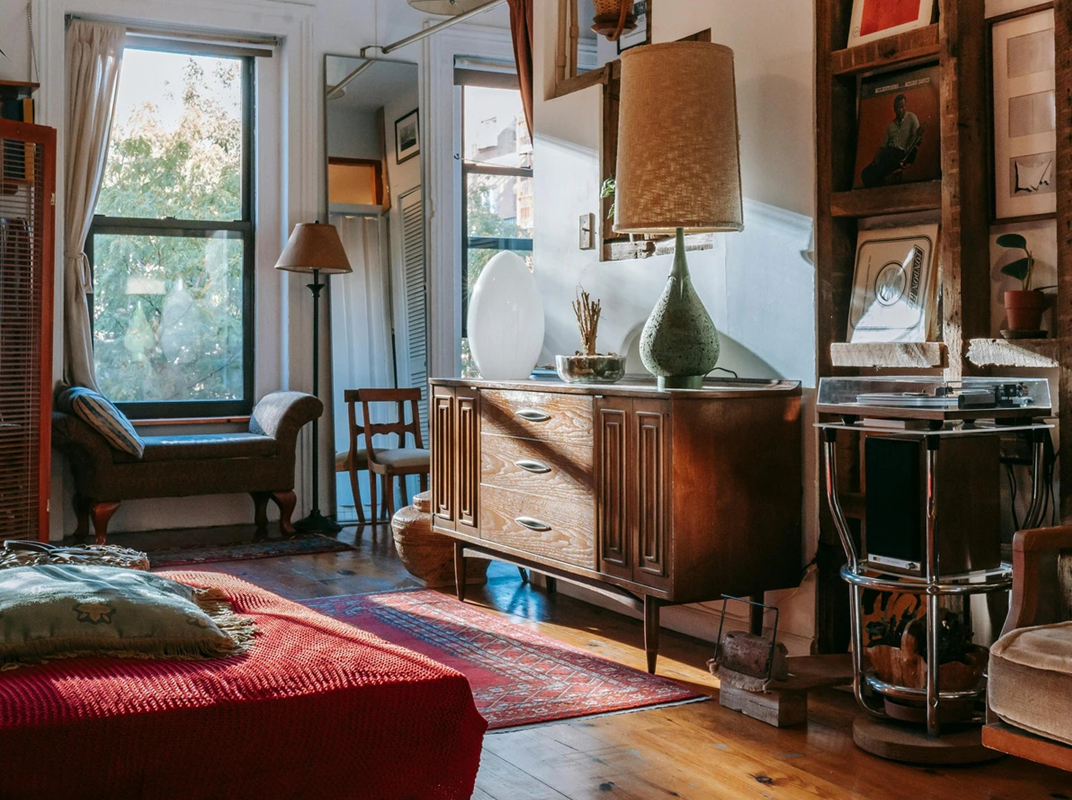One key draw is its ability to add character without feeling forced. A vintage sideboard with brass handles can turn a plain dining room into a space with personality, while a mid-century rocking chair in a nursery adds warmth that new furniture often lacks. These pieces feel lived-in from day one, avoiding the sterile “showroom” vibe that can make a home feel impersonal. They invite connection, whether through memories of similar pieces in childhood homes or curiosity about their previous owners.
Retro furniture also excels at versatility. It blends seamlessly with contemporary decor, creating eclectic spaces that feel curated, not chaotic. A 1960s coffee table with a glass top pairs effortlessly with a modern sofa, while a 1980s geometric rug can anchor a minimalist bedroom. This adaptability makes it easy to update a room over time—swap out modern accents, and the retro pieces remain a constant, tying the look together.

Sustainability plays a role too. Choosing retro furniture reduces the demand for new resources, as these pieces are often built to last. Solid wood frames, hand-stitched upholstery, and metal hardware from decades past outperform many modern alternatives, which rely on cheap materials and quick assembly. Restoring a retro chair or refinishing a vintage table not only gives it new life but also adds a personal touch that can’t be bought in a store.
Ultimately, retro furniture endures because it enriches daily life. It turns functional items into conversation starters, makes spaces feel unique, and connects us to history—all while serving the practical needs of modern living. In a world of fast trends, these pieces offer something timeless: a sense of continuity and warmth that makes a house feel like a home.



